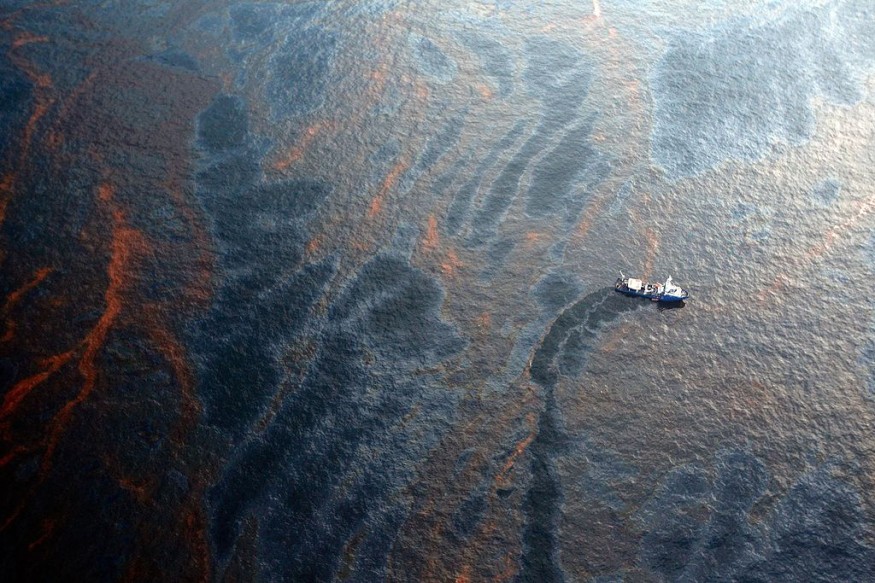It looks like the oil spilled from Deepwater Horizon at the Gulf of Mexico continues to 'spread in disturbing ways' a decade later, according to a new study.
The Deepwater Horizon (DWH) 2010 Oil Spill had been a major devastating event in history which up until now, the effects are still being felt. On the day of April 20, 2010, the drilling rig exploded due to a wellhead blowout that killed 11 crew members and injured 17 people.

The platform located near New Orleans, Louisiana sank two days later and fell 5,000 feet (1,500 meters) to the seafloor. Although the well was sealed 4 months after, 4.9 million barrels of crude oil already poured out the ocean, making it the largest spill in U.S. history.
A study funded by the Gulf of Mexico Research Initiative looked into the full extent of damage the disaster has caused including the biogeochemical processes of the petroleum chemicals that remained after the Deepwater Horizon accident.
The 'Ultimate Fate' of Unrecovered Oil
10 years ago, the devastating oil spill had spread far and wide the gulf's depth and surface, putting marine life at grave risk. Despite the massive cleanup and containment measures at the time, escaping large amounts of oil had reached the point of unmanageable.
Co-author of the published overview John Farrington, also a marine geochemist from the Woods Hole Oceanographic Institution and his team found that these oils that escaped had made its way to the surface, which is still present up until now.
The oil has been going through a photooxidation process where the oil's chemistry is transformed into all kinds of 'unsavory compounds', in that of which some had become airborne. According to the researchers, the process 'played a significant role in the fate of the spilled oil'.
Meanwhile, it is still unknown exactly how much of the oils were affected by the process.
The Other Possible Journey
Some oils followed a different fate, such as those that reached the shore. A 2013 research estimated up to 1,102 miles (1,773 kilometers) wide affected areas including the beaches and coastal marshes from Florida to Texas, while residues were found along the wetlands of Gulf Coast shoreline, according to the Oceanography paper.
Furthermore, some spills were stuck into 'marine snows' or the decaying bits of sea matter, which the scientists described as 'marine oil snow'. This is rather detrimental for many deep-sea animals as they feed on this gunk, which also indicates danger for humans who happen to consume seafood caught from affected regions.
Lastly, the remaining oil that did not undergo the said processes are left to settle onto the seafloor where it could linger forever, unless broken down by microbes.
Unfortunately, some more of this event is still happening around the world, which had the authors advice to stay informed on how oil spills affect ecosystems and develop better methods of tracking and cleaning up oil spills.
© 2025 NatureWorldNews.com All rights reserved. Do not reproduce without permission.





